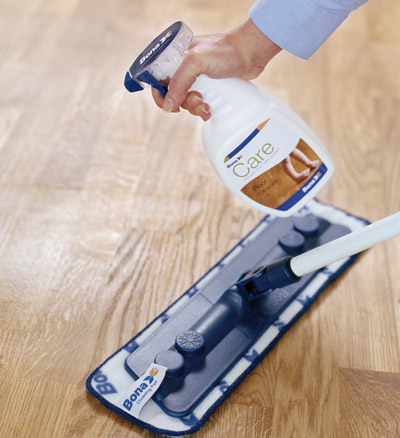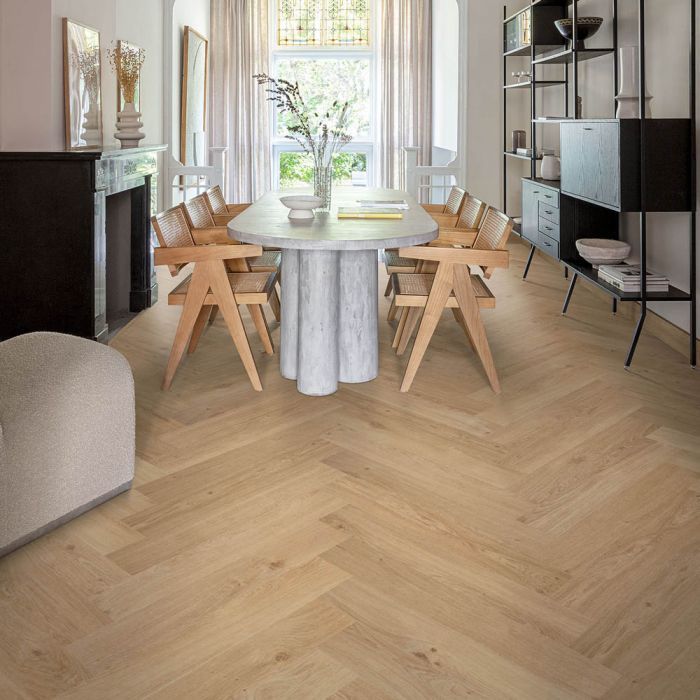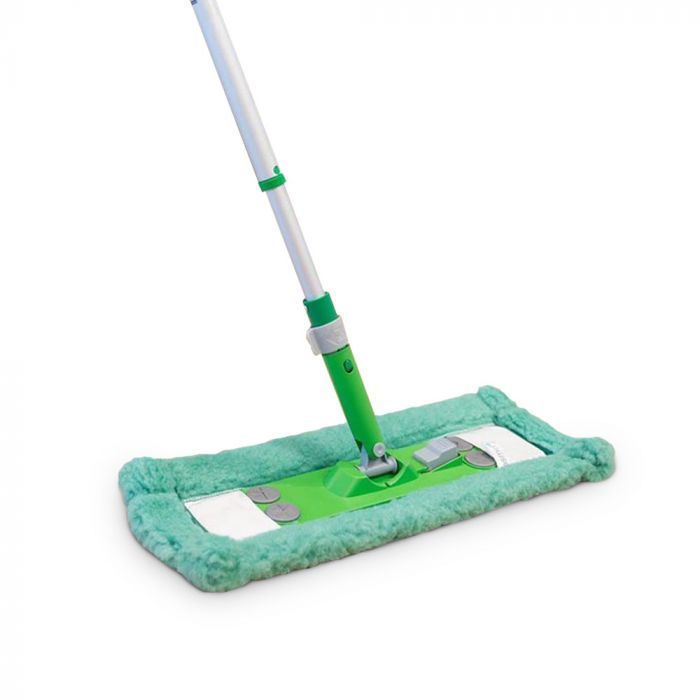Natural wood flooring has a beauty and elegance that offers any property a unique appearance with a character of its own. Hardwood flooring is a great alternative to carpet, laminate and tiles as it is not only hard wearing and durable but it also offers richness, texture, warmth and a luxurious appeal. Some types of hardwood flooring are dimensionally stable so can be used with underfloor heating, underlay and in rooms with fluctuations in humidity and heat.
The different options for hardwood flooring
When choosing hardwood flooring there are many different options to select from, depending on your property, room size, existing floor and style and colour preferences. It should be easy to find a type of hardwood flooring that matches your requirements.
Hardwood flooring structures
The two main structures of hardwood flooring are solid wood and engineered wood.
Solid wood flooring is made from a solid plank of wood, taken straight from the trunk of a tree and machined into a plank of flooring. It must be fixed into position during installation and should never be used with underfloor heating or installed over an underlay.
Engineered wood flooring consists of a top layer of real wood and a base layer of plywood. This construction makes it dimensionally stable so that it can be used with underfloor heating, installed over an underlay and used in rooms with varying temperature and humidity. Both solid wood flooring and engineered wood flooring look the same once installed (if the same species of wood is chosen) but engineered flooring is far more stable and can be installed in a variety of ways.
Hardwood flooring profile types
There are three main types of flooring profiles: tongue and groove, click fit and parquet block.
Tongue and groove is the traditional method for fitting flooring. The planks have one long side and one short side with a protruding edge (tongue) and one long side and one short side with a rebated edge (groove). The tongue fits into the groove perfectly and the planks can either be secret nailed, secret screwed or glued directly down to the subfloor, or they can be laid over an underlay by gluing along the length and width of the plank and pushing them together.
Hardwood flooring with a click fitting system is more straight forward to install than tongue and groove. The planks of flooring simply click together and lock into place, removing the need for glue, screws or nails. Hardwood flooring with a click fitting system is usually only available in an engineered structure and not solid wood.
Parquet block flooring consists of individual blocks of flooring that are installed in such a way to provide a geometrical pattern, for example ‘Herringbone’.
Hardwood flooring species
Hardwood flooring is available in a wide variety of species, consisting of different colours, patterns, grains and hardness. A pale wood is thought to lighten a room and make it look bigger.
Oak flooring is the most popular choice as it is durable, fashionable and has distinctive characteristics of golden tones and a unique pattern grain.
Walnut flooring is also a popular choice as it is considered luxury flooring and easily recognised by its rich brown colours and distinctive knots. The disadvantage of Walnut flooring is that it is a softer wood and can dent, mark and scratch more easily.
Oak and Walnut are just two examples of popular hardwood flooring but there are many different species to choose from.
Hardwood flooring finishes
Hardwood flooring can be found either unfinished or pre-finished.
A pre-finished hardwood floor has had protective layers added during the manufacturing process. It has already been stained and sealed (with lacquer or oil) and will be ready to walk on as soon as the installation process is complete.
An unfinished hardwood floor is a raw material and must be sealed after it has been installed. There are three common types of finish available to choose from: Lacquered, offering a smooth matt or semi-matt appearance; Oiled, giving a more natural appearance with a slight rough to the touch appearance; Brushed and Oiled which offers a much more textured effect.
Hardwood flooring plank sizes
Different types of hardwood flooring is available in fixed and random lengths, and a variety of widths. Solid hardwood flooring is usually found with random lengths and widths ranging from 60mm – 300mm. Engineered hardwood flooring is mostly available in fixed lengths but can be found in a wider board with widths ranging from 100mm to 400mm.
Wide planks of hardwood flooring are becoming very popular and can help to complement a large room or space. Wider planks are however, more expensive and can be less stable than smaller planks of flooring.
The cost of hardwood flooring
The price of hardwood flooring can vary considerably depending on the species of wood and type of structure. Usually solid wood flooring is more expensive than engineered wood flooring, but it is the species of wood that usually determines the price differences. Generally speaking, the rarer the species of wood chosen for your flooring, the more expensive it will be. For example, Oak is a common wood species to use for flooring so is reasonably priced, compared to Walnut, which can be significantly more expensive because of its rarity.
The maintenance of hardwood flooring
Although hardwood floors are durable, they are not immune to scratches, marks and dents. The following simple steps can be taken to prevent unwanted damage to hardwood flooring:
• Sweep and clean your hardwood floor on a regular basis, using a soft brush and wood floor cleaning kit, to prevent a build up of dust and dirt.
• Wipe away any spillages immediately to prevent water damage to your flooring.
• Place a doormat at all entrance doors to catch dirt, debris and water from outdoors.
• Use anti-scratch felt protector pads to the bottom of all furniture to protect your floor from dents and marks.
• Remove outdoor footwear before walking on your hardwood flooring.
• Avoid dragging or dropping heavy or sharp objects on your hardwood flooring as this may cause unnecessary damage.













